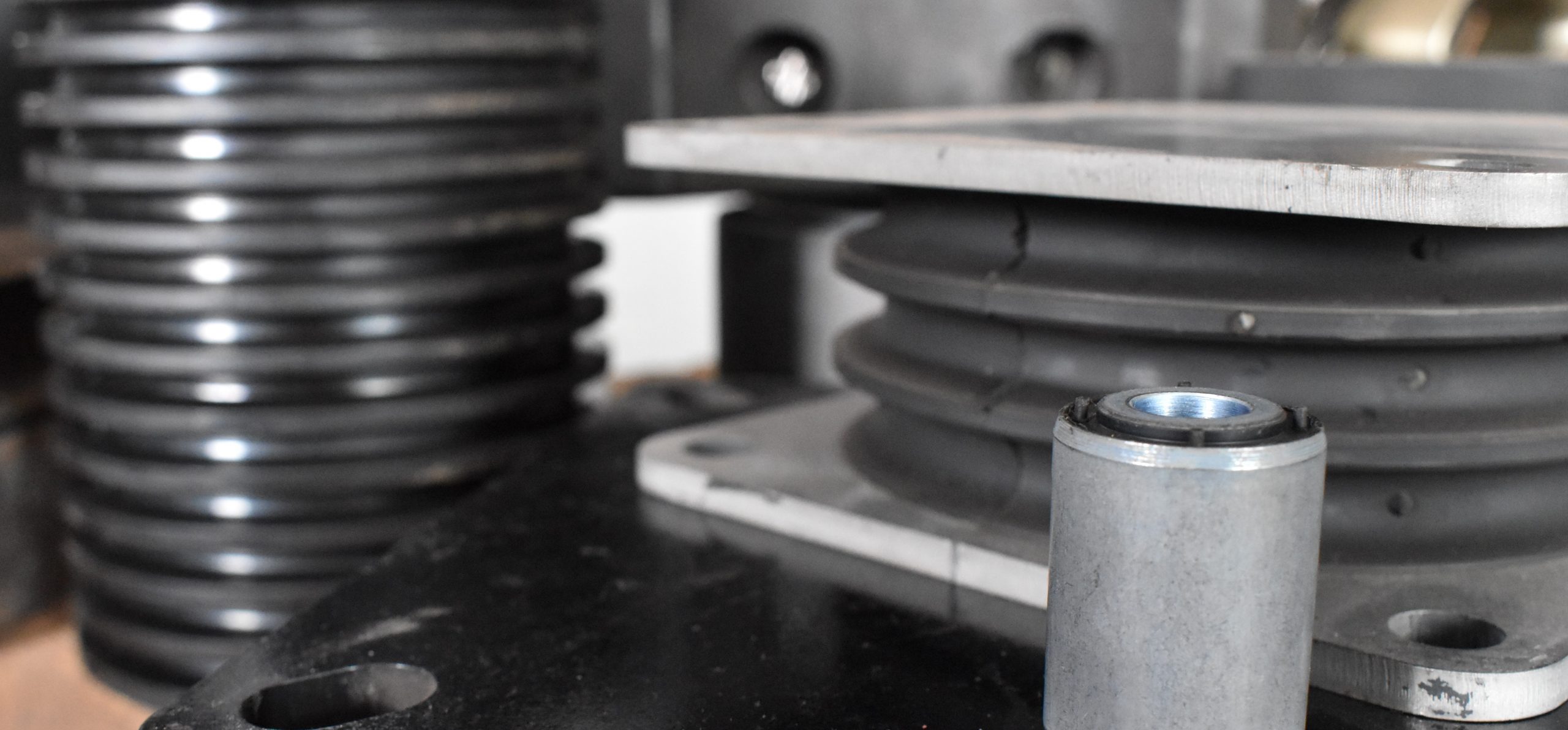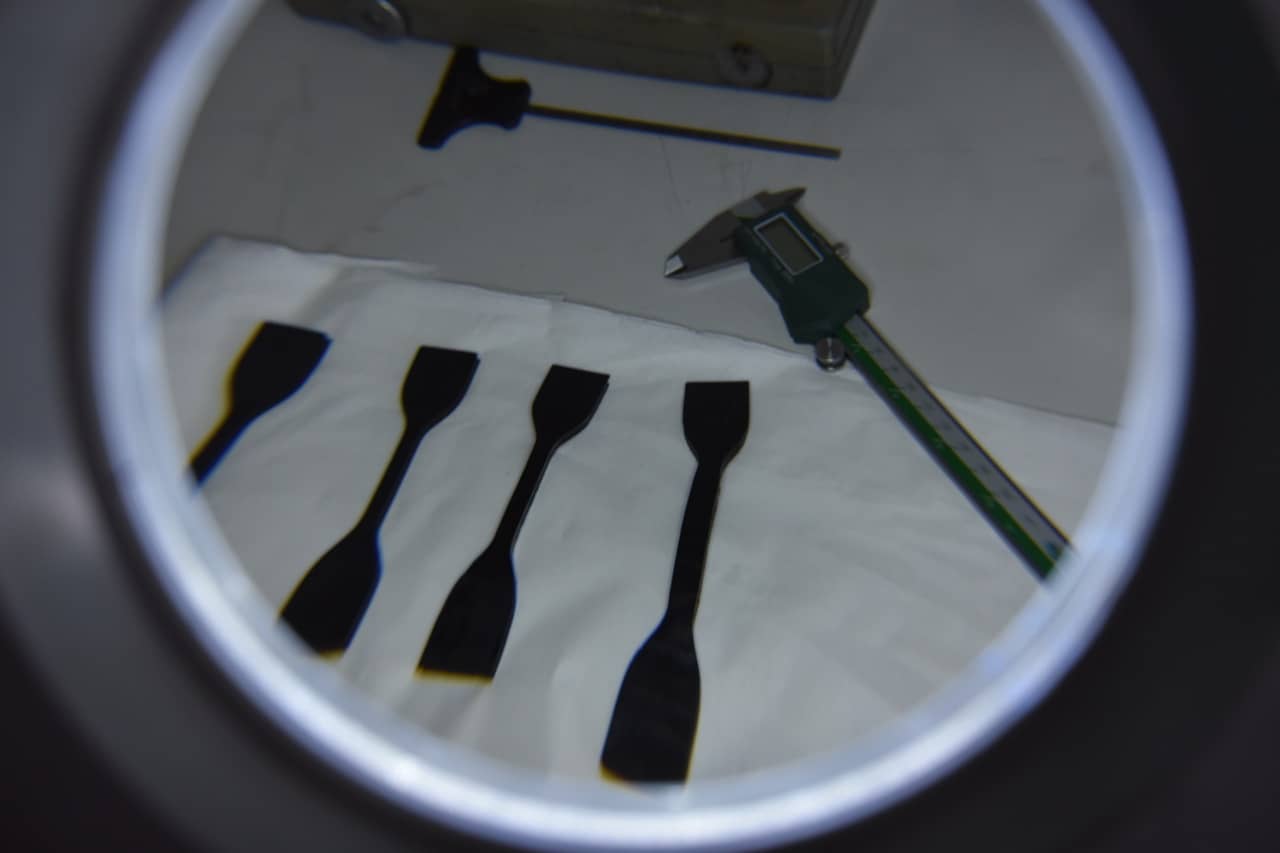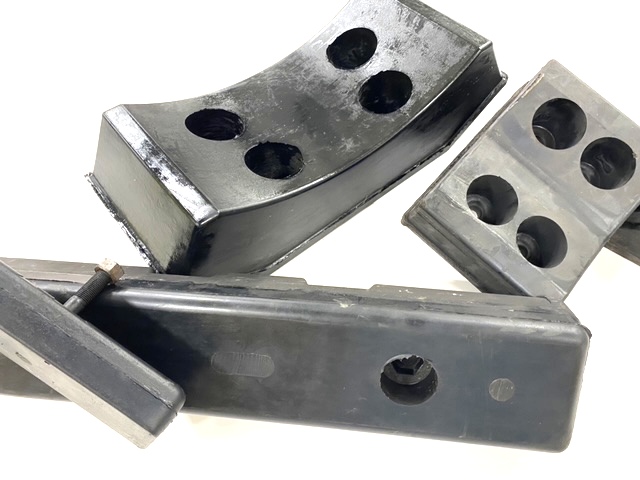05/15/2023
Which Rubber to use – the benefits
What are the benefits of using Rubber?
Some benefits of using rubber include the following list. Not all rubbers can achieve all of the below, but if the important parts are specified they can be built in to the design:
- Wide operating temperature range: -60°C – 300°C (but not continuously)
- Colours can be whatever you require, as long as it has a colour. However, some limitations exist depending on the rubber type and what you want to use it for.
- Hardness, which has a correlation to strength.
- Electrically insulating, conductive or anti-static
- They can be flame extinguishing or flame retardant, but they can also be flammable unless otherwise specified.
- Ability to maintain a seal
- Resistance to interaction and degradation from ozone, liquids, gases & heat
- Resistance to abrasion, tearing, or tear/cut propagation
- It can be smooth and easily cleaned, which is important for hygienic related applications.
- It can be food safe, and used in direct contact with food.
It is important to understand how a compound is going to be used, and which properties matter most. With that information, AVMR can start to develop the right compound.
Part 1: Introduction to Rubber
Part 3: Properties of Rubber compounds
Part 4: Refining the compound
Related Posts

07/03/2023
Challenges in specifying Rubber and Elastomeric Materials
07/03/2023
Natural Rubber Engineering Compounds
06/26/2023
Heat Generation in Rubber and Elastomers
06/12/2023
Stress-Strain Characteristics of Rubber & Elastomers
05/22/2023
How to create a strong rubber bond in my product?

